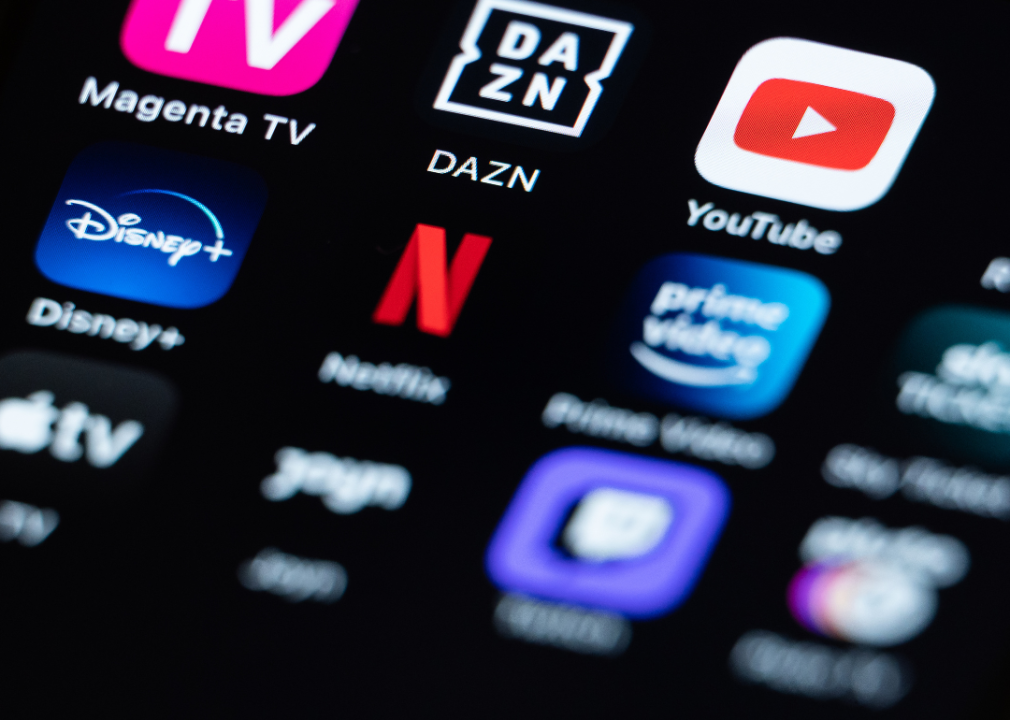The future of streaming services amid inflation and economic uncertainty
Published 9:12 pm Thursday, July 14, 2022
picture alliance // Getty Images
The future of streaming services amid inflation and economic uncertainty
With June marking the highest rate of inflation in 41 years, Americans are finding ways to save. For many households, that is coming in the form of cutting back on streaming services.
Stacker cited data from the Bureau of Labor Statistics to look at the growth in spending on streaming since 2013 and considered how the pandemic, recent inflation, and continuous addition of new streaming services have impacted viewers.
Most streaming services provide exclusive programming at a monthly rate. For viewers with multiple subscriptions, costs can quickly add up. A 2021 survey conducted by Mohu, an HDTV antenna provider, found that 2 in 5 Americans (44%) planned to cancel at least one of their TV streaming subscriptions in the near future. The main reasons consumers gave for canceling? Rising costs and the lack of content.
The run of streaming services unequivocally changed how millions of Americans watch TV. Gone are the days of scheduled programming, when viewers had to wait until a specific time and day for a favorite show to come on. We’re deep into the era of instant gratification, where we can binge-watch entire series at a clip. In 2021, U.S. research firm Nielsen found while traditional TV viewers are still plentiful, streaming habits are gaining quickly.
But as subscription costs rise along with inflation and streaming options expand, streaming service cancellations are climbing. Netflix hemorrhaged 200,000 subscribers between January and March 2022, and is expected to lose another 2 million by the end of July.
![]()

Canva
The pandemic supported the growth of streaming services
When the pandemic was at its height in 2020, there was a surge in the number of people and time spent watching and streaming TV. Streaming subscriptions in 2020 surpassed 1 billion, according to data from the Motion Picture Association.
Meanwhile, North American box office revenues that year encountered a 40-year low, based on an end-of-year report from research firm Comscore and compared to historical data from Box Office Mojo. With movie theaters forced to close, streaming dominated viewer programming.
Fast forward to 2022 and streaming services now face the challenge of market saturation, growing costs, and keeping up with new content to keep viewers satisfied and subscribed.
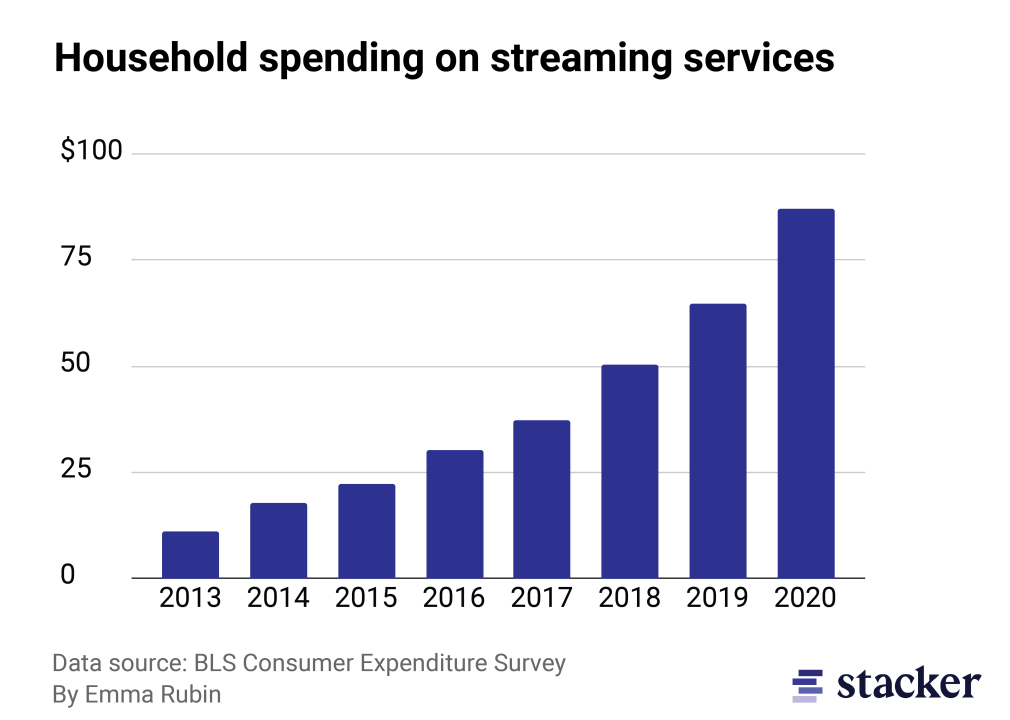
Emma Rubin // Stacker
There’s an audience for both cable and streaming services
While it’s hard to directly compare the growth in spending on streaming services to cable due to differences in sample sizes, spending on cable has dropped by about 8% since 2013 among consumers.
Streaming services garnered almost 30% of American viewers’ TV time in March 2022, according to data from Nielsen. Cable viewership also increased in March 2022, largely due to the heightened Ukraine news coverage.
While streaming platforms may provide ad-free options and diverse programming, cable maintains a loyal fanbase. Consumers have their personal preferences—and it doesn’t look like either option will be going away anytime soon.
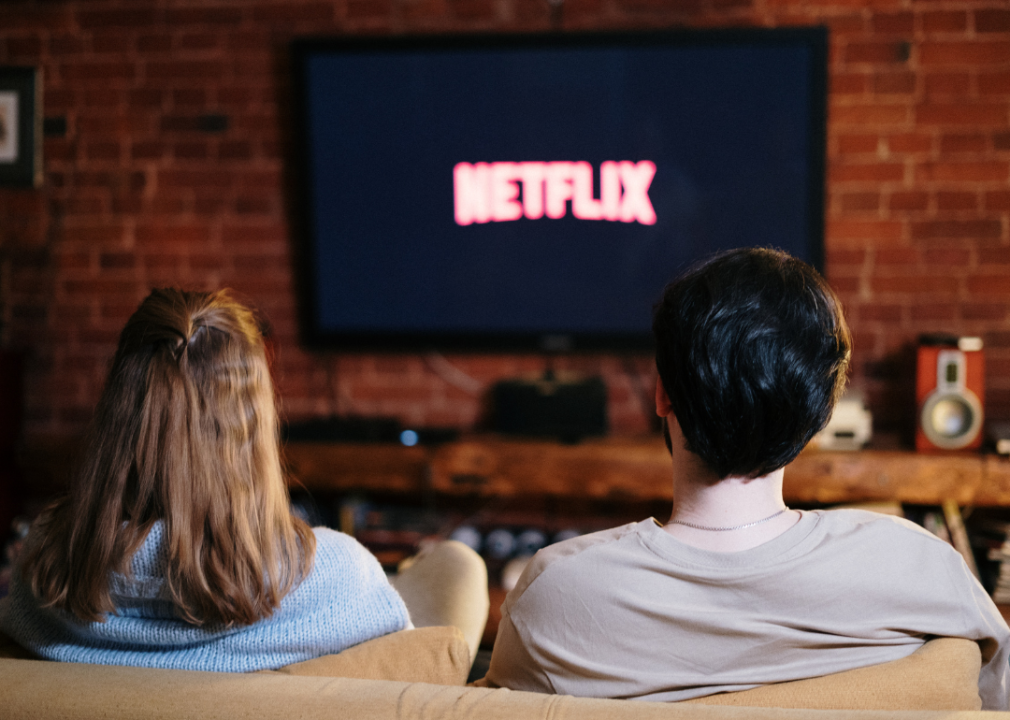
Canva
More companies are offering streaming services
Before becoming the pioneering streaming service in 2007, Netflix rented DVDs by mail. Today, streaming services are a dime a dozen.
Amazon Prime, Disney+, Hulu, Paramount, SlingTV, and Peacock are just some of the other streaming platforms available to consumers. Saturation in the streaming market continues to be a growing problem. Nielsen data show that nearly half of U.S. consumers feel overwhelmed by the array of video content available.
Netflix remained firm for years in its stance against advertising. But after a slew of layoffs and stalls in subscriber growth, the streaming now faces pressure to incorporate ads as a revenue generator.
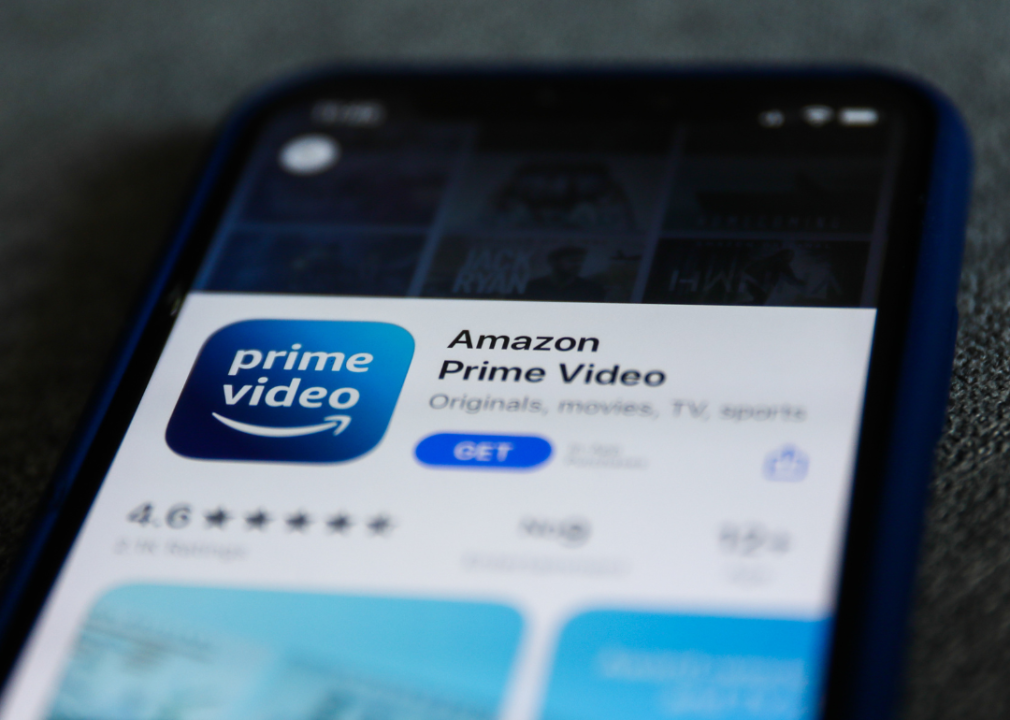
NurPhoto // Getty Images
Streaming platforms are hiking up subscription fees
Amazon Prime, HBO Max, Hulu, and Netflix are just some of the streaming services that recently raised subscription fees.
As of February 2022, an Amazon Prime subscription, which includes access to streaming content, was updated to $139 per year ($14.99 per month). The previous monthly cost for a Prime Membership was $12.99 and the previous annual cost was $119.
Netflix’s standard plan in Canada also increased from $1.50 to $16.49 Canadian dollars with the basic plan remaining the same. Company reps claim doing so will fund new, original content to retain and grow its audience.
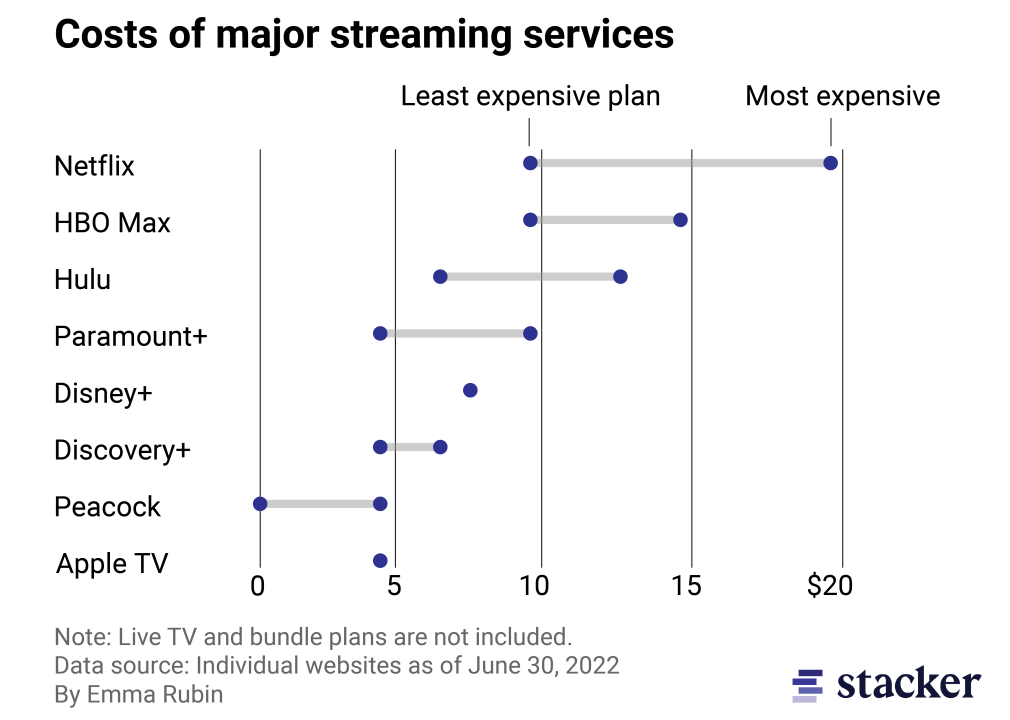
Emma Rubin // Stacker
Affordability remains a major concern with inflation
Streaming services have invested billions that have not only made them a contender against cable but have garnered them notable industry awards such as the Oscars. Netflix spent $17 billion on original content alone in 2021. The increase in expenditures and inflation hiked up prices for customers.
A 2022 CNBC|Momentive Poll found that 52% of Americans have stated being more financially stressed this year than last year. The poll also found that 39% of Americans have expressed canceling a monthly subscription in the midst of inflation.


